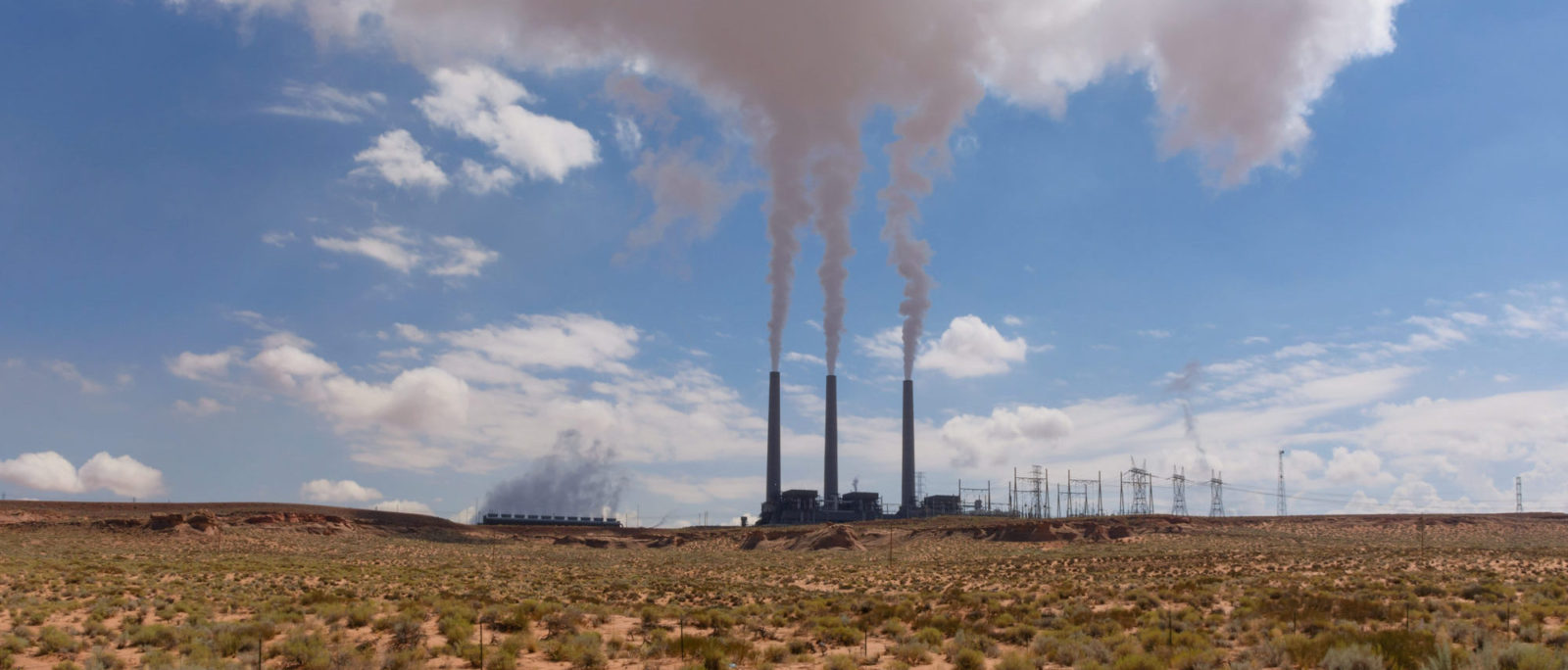One of the noticeable, and remarkable, changes in recent years has been the dramatic improvement in visibility and air pollution in the Four Corners.
Longer-term residents routinely comment on the increased clarity and the sharper vistas of distant ranges like the Abajos in Utah or the Chuskas in Arizona or the view of Shiprock from the Montezuma Valley.
The improvement is attributable to the dramatic and rapid abandonment of coal-fired electric generation. In the past 10 years, over half the region’s coal-fueled power plants have gone dark. Those closures have eliminated 80,000 tons annually of nitrogen oxides pollution, a primary contributor to smog and aptly labeled brown clouds.
Coal’s demise came fast and hard. Not that long ago, plans for new power plants abounded.
In the early 2000s, before coal succumbed to the economics of cheaper renewable solar and wind (and natural gas for that matter), it was full steam ahead for coal construction. A New York hedge fund and a German industrial company partnered to propose a third massive coal-fired power plant south of Shiprock, called Desert Rock. The specter of yet another power plant spurred cries of “enough.” Many already bemoaned the yellowish-brown layer of haze that often obscured views to the south and filled the San Juan Valley.
A broad coalition rallied in opposition to Desert Rock, and the planned 1,600-megawatt power plant eventually succumbed to economic realities.
Those same economic realities snuck up on the region’s existing power plants. First, operators of the two enormous power plants near Farmington, Four Corners Power Plant and San Juan Generating Station, decided against additional investments in state-of-the-art pollution-control technology. Instead, both plants chose to simply retire much of their generating capacity in lieu putting lipstick on a pig – in this case, 21st-century pollution controls on 1960s-era power plants.
As a result, one-fourth of Four Corners Power Plant shut down in 2015, and one-half of San Juan Generating Station closed in 2017.
Economics spelled doom for the enormous Navajo Generating Station near Page, Arizona. The utilities running Navajo determined they could much more cheaply generate electricity from solar and other sources, and the Navajo plant went dark last fall.
Similarly, last year Tri-State Generation and Transmission pulled the plug on the modest 100-megawatt coal plant at Nucla in western Montrose County, as that plant also failed to compete economically in the new energy market.
Total it up, more than 60% of the 6,300 megawatts in coal-fired generating capacity that existed six years ago across our region is now defunct.
The pace is only accelerating. The entirety of Tri-State’s 253-megawatt Escalante power plant on Interstate 40 near Grants, New Mexico, shut down this year, and in a couple more years, the remaining 840 megawatts of the San Juan Generating Station outside Farmington will go dark.
The daily consequence is demonstrably clearer skies, an unsurprising outcome from no longer spewing 80,000 tons of nitrogen oxides into skies above the Four Corners each year.
The smog obscured vistas across the Southwest, and most importantly from a pollution regulation standpoint, significantly impaired the visibility in our national parks, including the Grand Canyon and Mesa Verde. That provided the hook for the public to insist on reducing pollution, and in many cases, power companies decided it was cheaper to just close aging power plants rather than retrofit with billion-dollar modern technology.
Go back 15 years, we were encircled by five coal-fired power plants with a sixth on the drawing board. Now, in only another couple years, just one will be left standing with only a decade’s life remaining. It’s hard to imagine a faster energy transition than we’ve just experienced.
This content first published in the Durango Herald’s Thinking Green column here.




